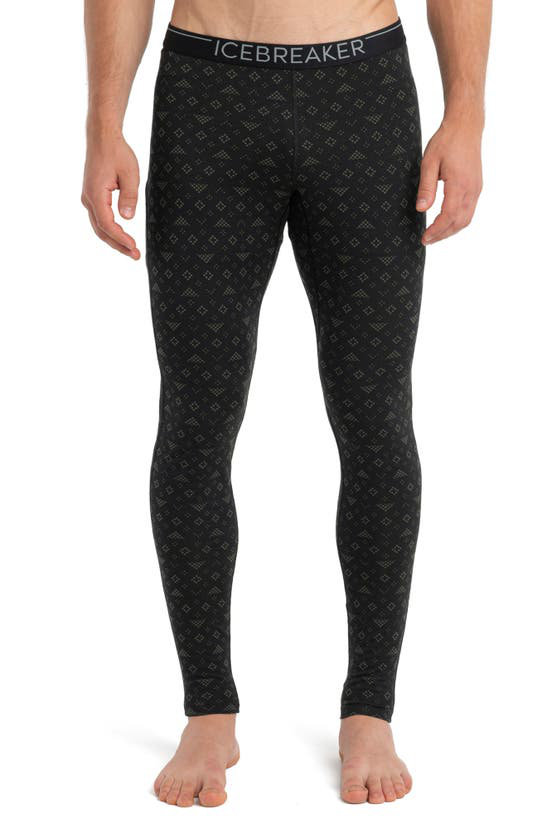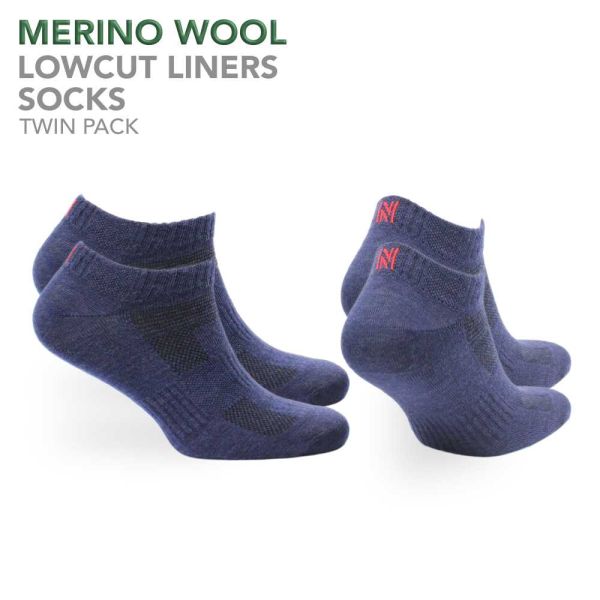Yak merino base layers are excellent for winter sport clothing due to their high performance and also due to the fact that they provide natural fiber benefits and environmental sustainability. Renewable and biodegradable.
Yak and Merino Wool are both organic fibers, made from animal. Renewable resources can be harvested sustainably without causing harm to the animal. They are biodegradable, which means that they break down naturally without causing environmental harm.
Environmental impact is minimal
Natural fibers typically have a lower environmental impact than synthetics. The process of harvesting and cultivating wool requires less chemical processing and are less reliant on resources that are not renewable compared to synthetic fibers.
Energy Efficiency
The process of processing wool fibers requires less energy than the synthetic fibers produced like nylon or polyester. The production of natural wool requires less energy and reduces carbon emissions.
Minimized microplastic pollution
Wool fibers are less a contributor to microplastic contamination of water bodies than synthetic fibers. Synthetic fibers shed microplastics when they are washed.
Longevity, Recyclability and Durability
Yak wool clothes are generally durable and last a long time that can extend their lives. Wool fibers can also be reused or recycled to further reduce consumption.
Sustainable PracticesSustainable Practices
Certain wool producers use ethical and sustainable practices. This includes ensuring animal welfare and responsible management of the land. It also ensures decent working conditions and fair conditions of work for the workers involved in production.
Environmental Certification-
The Responsible Wool Standard or Global Organic Textile Standard are certificates that prove ethical and environmentally responsible practices used in the wool production industry. They provide buyers with assurances about the sustainability of wool production.
Overall, yak merino wool base layers are in line with environmental sustainability by being derived from natural, renewable sources that have the least environmental impact in production and, often, incorporating ethical and sustainable practices in the supply chain. This is because natural fibers are environmentally friendly. View the best find out more about merino wool base layers for website info including merino wool undershirt, wool base layer mens, smartwool 250 base layer, merino wool leggings women's, ski thermal underwear, mens wool long johns, wool thermals, first lite merino wool base layer, merino base layer mens, merino wool long underwear mens and more.

What Are The Advantages Of Bamboo Clothing In Terms Of Softness And Antibacterial Properties, Durability And Renewability?
Bamboo clothing offers many advantages such as its softness. Antibacterial properties. Durability. And renewability.
Bamboo fabric is famous for its silky texture and lavish feel. It is often compared to silk or other luxurious materials like cashmere. It is soft and gentle against the skin and provides an enjoyable wearing experience.
Antibacterial Properties
Bamboo contains a natural antimicrobial called "bamboo Kun." This property assists in preventing the growth odor-causing bacteria as well as fungi and mold that can be found on the material.
Durability-
Strength - Despite their softness bamboo fibers can be robust and durable. Bamboo clothing is resistant to regular wear, which makes it suitable for different kinds of activities without compromising the quality.
Renewability-
Rapid Growth- Bamboo grows very quickly and without the need for pesticides. It is able to mature in just a few years, which makes it accessible for sustainable harvesting, and reduces the environmental impact of cultivating.
Sustainability-
Eco-Friendly Production - Bamboo production and cultivation has less environmental impact than synthetic materials. Bamboo is sustainable due to its rapid growth rate, the fact that it needs less water and it can grow in a range of climates.
Biodegradability-
Natural breakdown- Bamboo clothing is naturally decomposed when it reaches the point of no return in its life. This property reduces non-biodegradable trash in landfills. Additionally, it helps reduce the impact of pollution.
Hypoallergenic Qualities
Bamboo fabric is less prone to chance of causing skin irritations and allergic reactions than other synthetic fabrics, which makes it a perfect choice for people who have sensitive skin.
Bamboo clothing provides a blend of antibacterial and softness with durability, renewalability and sustainability. It is an attractive choice for people who want to wear comfortable, functional and eco-friendly clothes. These attributes create a positive feeling when wearing the clothing and are in keeping with the principles of sustainability. Check out the top rated bamboo clothings for website examples including bamboo shorts, bamboo sweatshirt, bamboo polo shirts, t shirts bamboo, preemie bamboo pajamas, bamboo jeans brand, bamboo yoga pants, bamboo tee shirts wholesale, short bamboo, bamboo t shirts womens and more.

What Are The Main Differences Between Bamboo And Merino Clothes?
Merino, bamboo, and regular wool all have unique characteristics.
Merino's soft, silky fibers make it easy on your skin. It is less likely to trigger irritation or itching when compared with traditional wool.
Moisture-Wicking- Merino wool has excellent moisture-wicking properties, pulling moisture away from the skin and allows it to evaporate while keeping the wearer dry and comfortable.
Merino is natural insulation that offers extraordinary warmth even when wet. It regulates your body temperature by providing insulation during colder temperatures, and breathing during exercise.
Odor Resistance - It is a natural anti-bacterial agent that inhibits bacteria growth which keeps clothes fresh and fragrant even after long wear.
Bamboo Clothing
Silky feel is often compared with silk or cashmere. It's soft on skin and provides the most luxurious wear experience.
Bamboo fabric has moisture-wicking properties that help draw away moisture and keeps your dry.
Temperature Regulation- Bamboo clothing has natural temperature-regulating abilities, offering warmth in winter and breathability to prevent overheating.
Sustainable Bamboo - Bamboo is a fast growing plant and is free of pesticides or fertilizers. Biodegradable bamboo can have a minor environmental impact.
Regular Wool
Texture. The classic wool texture may vary. Some types of uncomfortable or itchy textures are more coarse.
Warmth- Regular Wool offers excellent insulation as well as warmth, but it can be large and heavy at times.
Moisture Absorption - Wool can absorb water, which makes it less effective at wicking moisture than merino and bamboo fabrics. It retains warmth even when it is damp.
Summary: Merino Wool is soft and odor resistant. It also has an excellent ability to wick moisture. Bamboo clothing is supple and has the ability to wick moisture away. It also regulates temperature, and is environmentally friendly. Regular wool is different in texture but may not have the same softness or wicking capability as merino clothing or bamboo clothing, but will provide warmth and insulation. Each material caters to different preferences, and each has unique benefits. Follow the recommended their explanation on merino winter clothings for site recommendations including merino wool long underwear women's, merino winter clothing pant, warmest base layer for skiing, wicked wool base layer, merino wool mid layer, omniwool base layer, paradox merino blend, best thermals for skiing, 400g merino wool base layer, merino base layer cycling and more.

